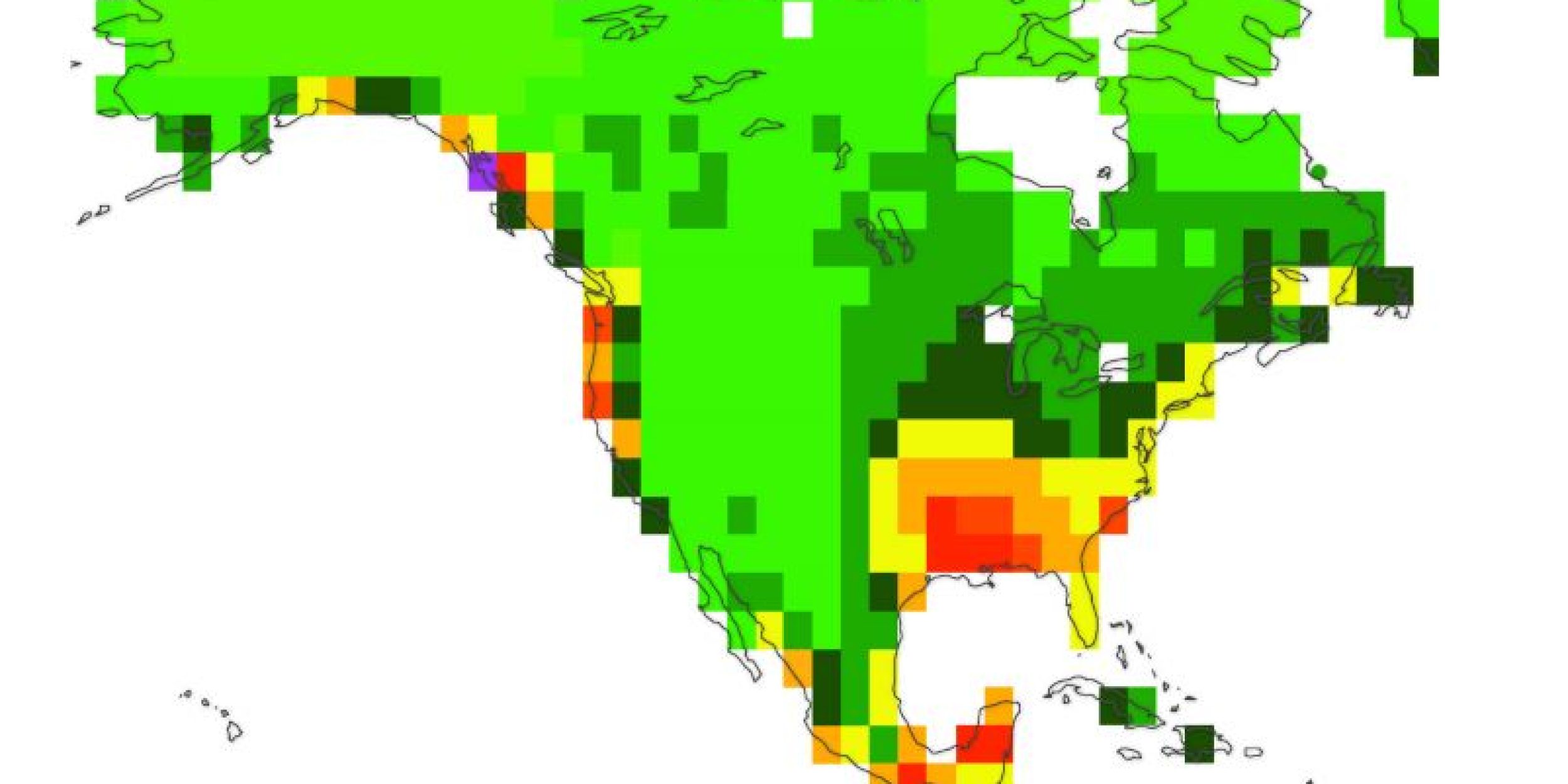

The National Oceanic and Atmospheric Administration announces the release of a report comparing results for North America from two generations of climate model simulations. The report, titled “Regional Climate Processes and Projections for North America: CMIP3/CMIP5 Differences, Attribution and Outstanding Issues,” compares simulations of historical and future climate in North America produced by phases 3 and 5 of the Coupled Model Intercomparison Project (CMIP3 and CMIP5, respectively).
This report addresses the key question of whether the CMIP5 results have improved the representation of observed climate features and processes as well as whether and why the future projected changes are more robust. This report addresses these questions for a suite of climate variables and regional processes for North America and provides recommendations for future analyses and experiments to resolve some of the ongoing issues.


Major improvements in CMIP5 results for North America include a larger number of participating modeling centers, generally higher model resolution, more comprehensive representation of Earth system processes in the models, and more ensemble members for each model. Major findings from the report included:
- Overall model performance improved slightly in CMIP5 for nearly all climatological variables compared to CMIP3.
- Projected changes by the end of the 21st century in moderate to extreme precipitation events show a 20-30 percent increase over the US, which is similar to CMIP3, with much higher increases in the northeastern US, especially in winter. However, some CMIP5 models tend to underestimate the frequency of heavy and extreme daily precipitation events, especially in the southeastern US.
- The boundary between winter wetting and drying in the Western US is projected to move southward in CMIP5 relative to CMIP3 results, although the changes are highly dependent on the region and season.
- Generally, the CMIP5 models show better skill in representing the El Niño-Southern Oscillation (ENSO), a phenomenon that has significant impacts on North American climate. The models with better ENSO results did well representing teleconnection patterns in temperature and precipitation over North America.
The report analyzes a variety of climate features including model performance in representing the Pacific Decadal Oscillation (PDO) and Atlantic Multidecadal Variability (AMV) and their teleconnections with North American climate, regional processes behind precipitation changes in the sub-tropics, extra-tropical storm track activity, and the U.S. “warming hole.” The report also discusses differences in projected changes due to the set of redesigned emissions scenarios used in model runs, which included different assumptions about the role of non-greenhouse gases such as aerosols.
Although the report found only slight overall improvement in the representation of historic climate in CMIP5 relative to CMIP3, some aspects of regional climate change are more robust in terms of model skill and model consensus. The authors provide recommendations for making progress towards understanding these ongoing issues through targeted experiments and analyses. The results of this report will help inform the next CMIP phase (CMIP6), which is currently in its initial design phase.
Justin Sheffield led authorship of the report with significant contributions from 40 other Task Force members. The report was inspired by questions from staff of the National Climate Assessment regarding whether model performance and projections for North America have changed significantly between CMIP3 and CMIP5. Some results presented in the report were also documented in a Special Collection of the Journal of Climate, which contained 22 papers including three papers authored by a majority of the Task Force (Sheffield et al., 2013a,b; Maloney et al., 2013). The report was extensively reviewed before release.
A complementary report with a focus on model performance simulating temperature and precipitation in the United States and the implications for the National Climate Assessment was released today by NOAA’s National Centers for Environmental Information and partners. Both reports released today serve as an update to the detailed CMIP3 simulations presented in an earlier set of NOAA Technical Reports, produced by the many of the same authors, entitled “Regional Climate Trends and Scenarios for the U.S. National Climate Assessment” (available online at http://scenarios.globalchange.gov/scenarios/climate). These new reports will help inform the science and projections in the next National Climate Assessment report.



